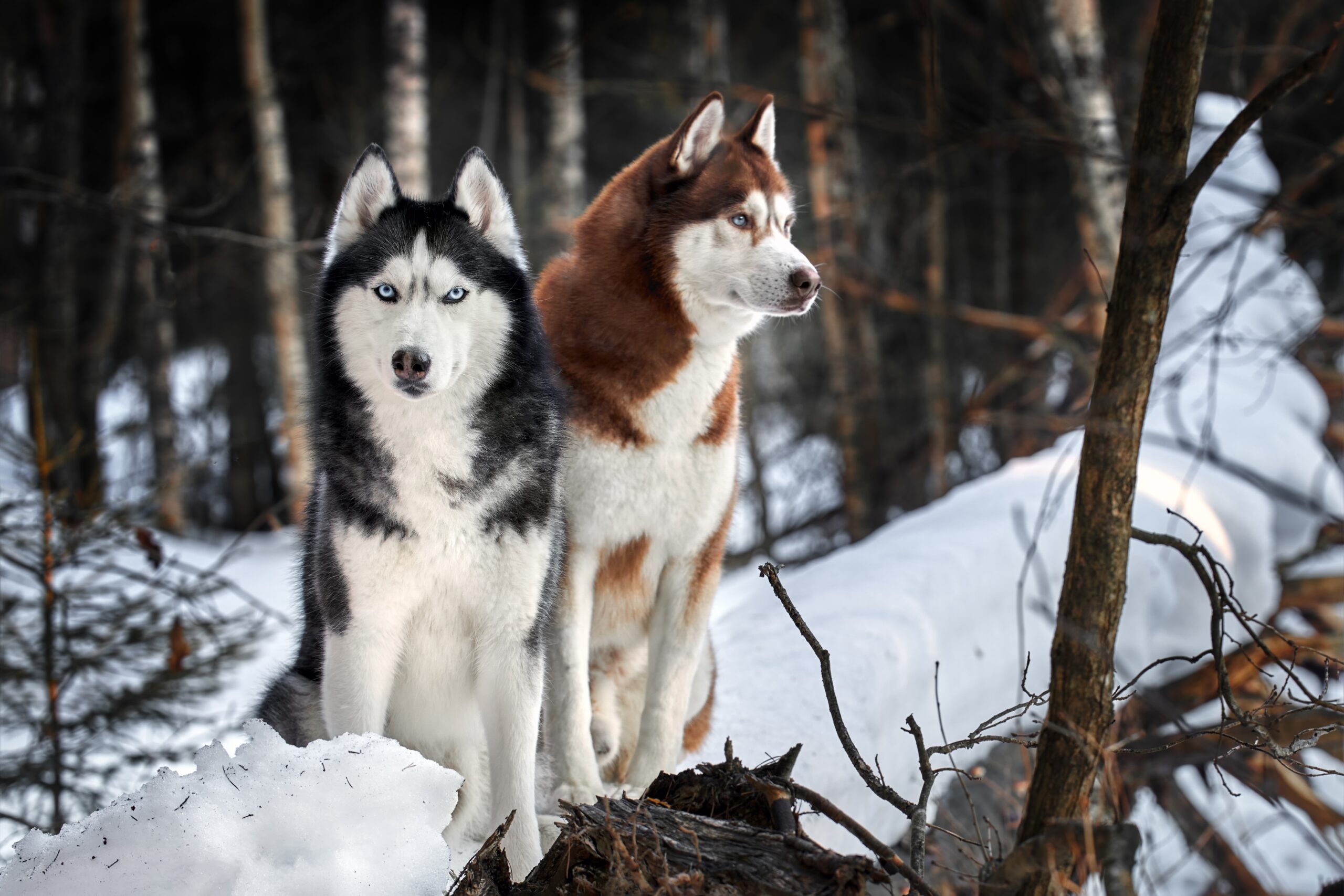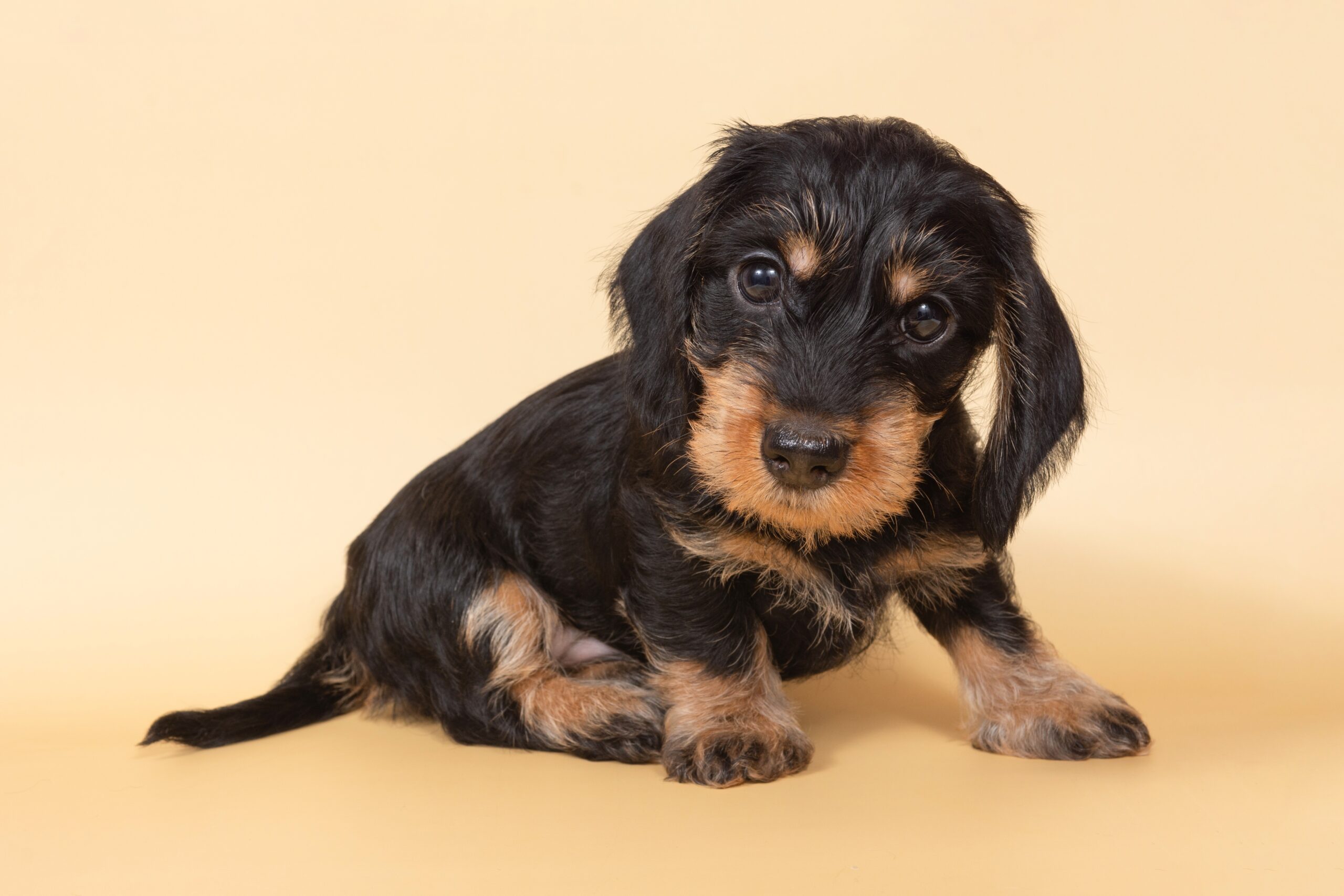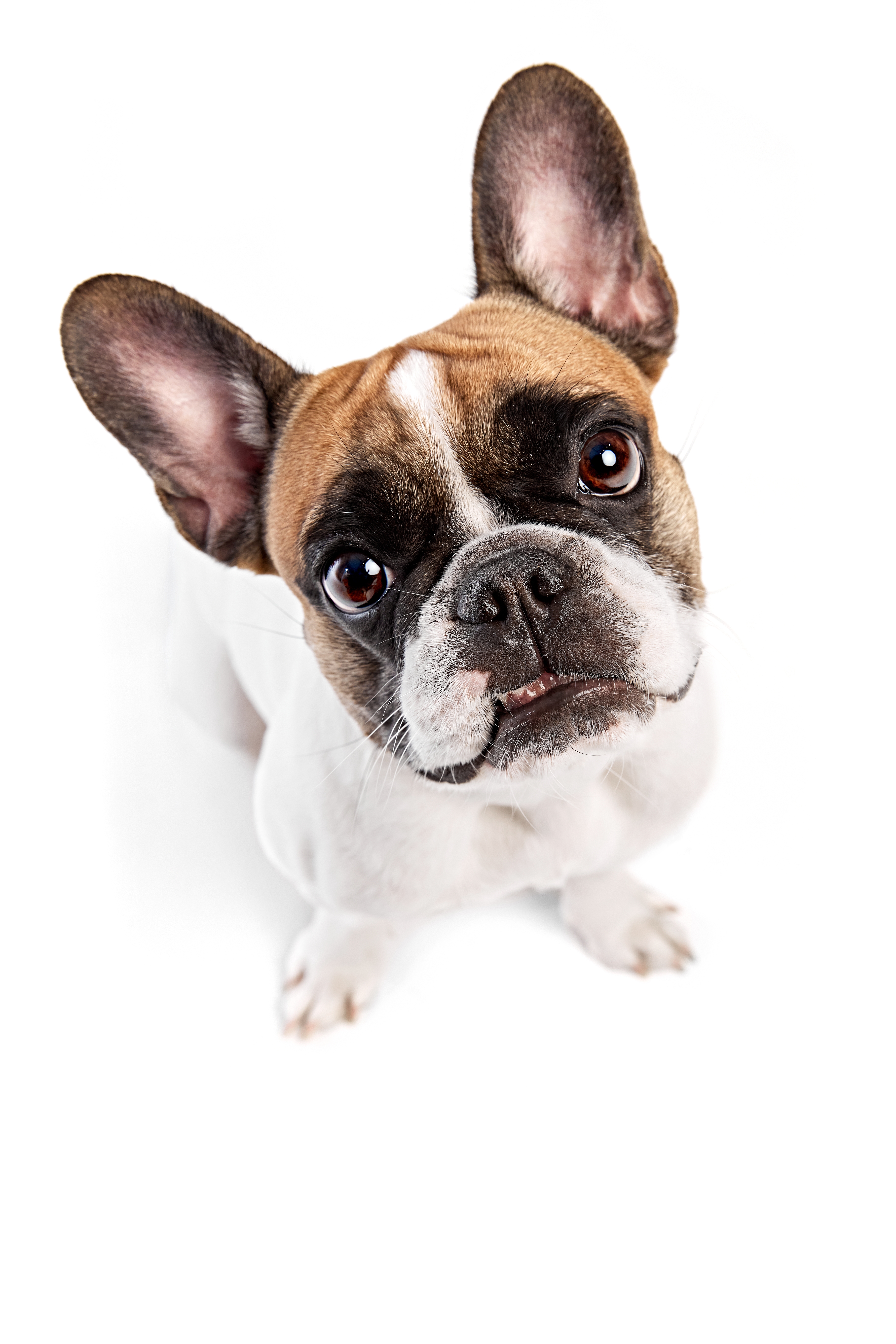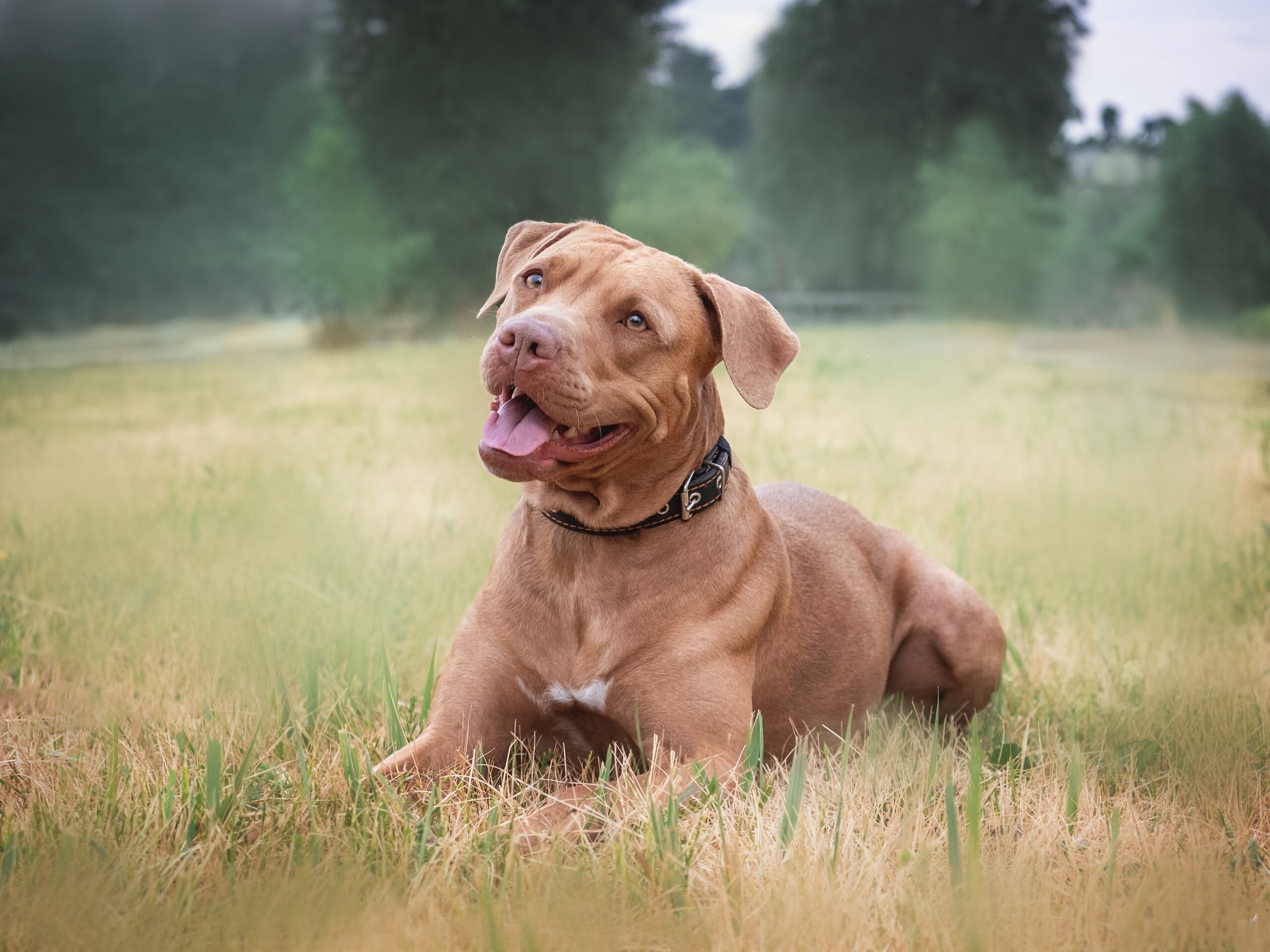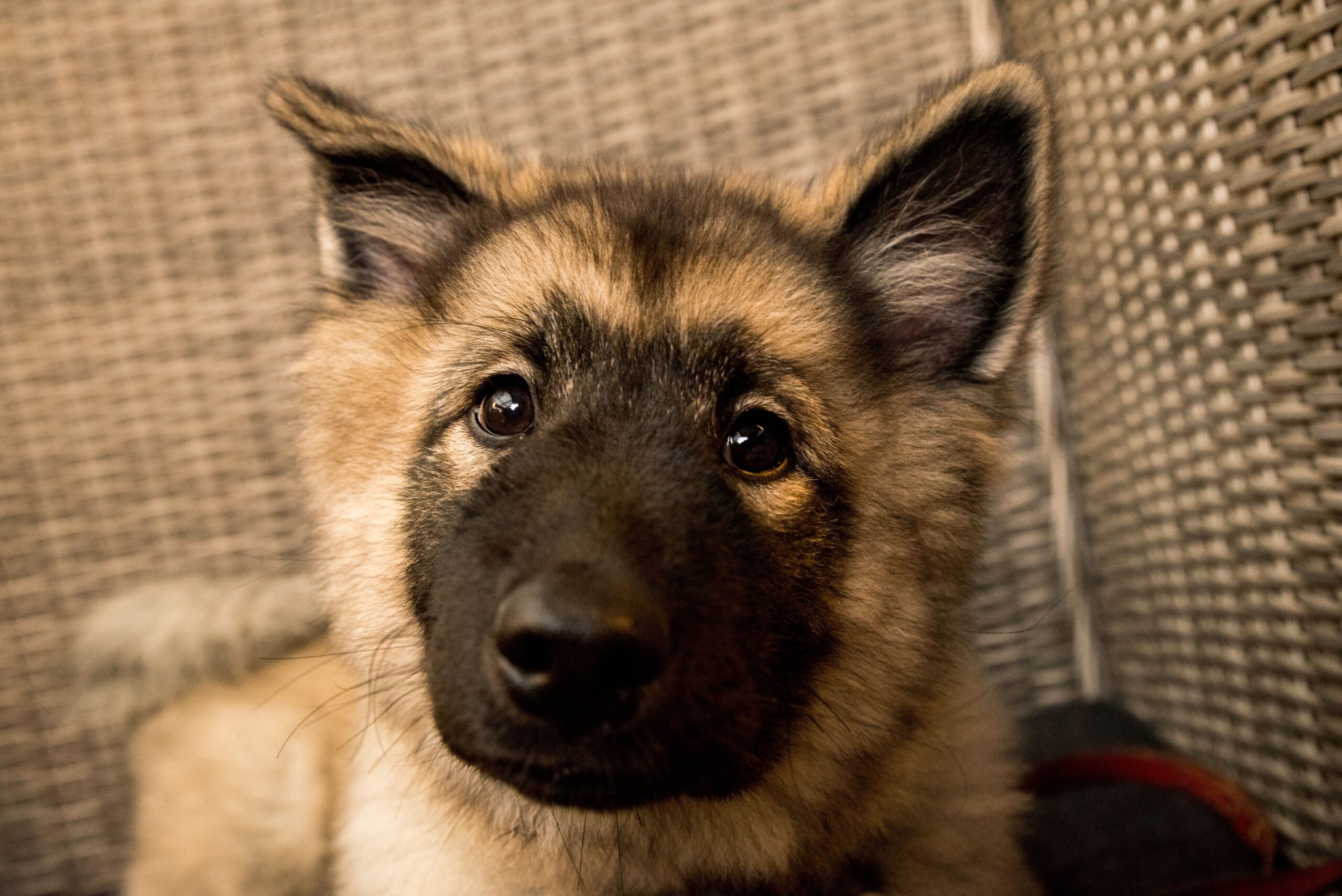Fascinating pups with unique histories.
While Labradors, Spaniels, and Frenchies dominate parks and pavements across the UK, there’s a whole world of fascinating, rare dog breeds that most people have never encountered. These under-the-radar dogs often have rich histories, unique looks, and quirky temperaments that set them apart from the crowd. In this article, we uncover a collection of the rarest dog breeds around the world—some endangered, others simply underappreciated. If you’re looking for a dog that turns heads and sparks conversation, this is your guide.
Outline
- Introduction
- What Makes a Dog Breed Rare?
- 1. Azawakh
- 2. Mudi
- 3. Otterhound
- 4. Thai Ridgeback
- 5. Lagotto Romagnolo
- 6. Norwegian Lundehund
- 7. Xoloitzcuintli (Mexican Hairless Dog)
- 8. Telomian
- Honourable Mentions
- Should You Own a Rare Breed?
- Final Thoughts
Introduction
If you’ve ever fancied owning a dog that nobody else in your neighbourhood has—even at the dog park—you’re not alone. While popular breeds have their advantages, there’s something special about choosing a lesser-known canine companion.
These dogs may come from remote parts of the world, have ancient lineages, or simply never gained mainstream popularity—despite their impressive traits.
Did you know? Some rare breeds are centuries old, yet fewer than a thousand exist globally today.
What Makes a Dog Breed Rare?
A breed is considered rare if it:
- Has low registration numbers with kennel clubs
- Is limited to a specific geographical region
- Is classified as “at risk” or “vulnerable” by breed organisations
- Is not commonly bred for commercial or pet markets
Rarity does not imply unsuitability—many rare dogs are healthy, intelligent, and deeply loyal.
Azawakh
“The desert’s graceful hunter.”
| Origin | West Africa (Mali, Niger, Burkina Faso) |
| Type | Sighthound |
| Temperament | Aloof, elegant, loyal |
| Size | Medium to large (15–25 kg) |
The Azawakh is a tall, lean sighthound bred by nomadic tribes to hunt gazelle in the Sahara. With a cat-like demeanour and regal posture, they’re one of the rarest and most refined breeds around.
Why it’s rare: Bred traditionally in Saharan regions; only introduced to Europe in the 1970s.
Fun Fact: Their skin is so thin that their bone structure and musculature are clearly visible.
Mudi
“The Hungarian herder you’ve never heard of.”
| Origin | Hungary |
| Type | Herding breed |
| Temperament | Alert, intelligent, eager |
| Size | Medium (8–13 kg) |
Pronounced “moody”, this rare herding dog is highly versatile—capable of rounding up livestock, guarding, and participating in agility sports.
Why it’s rare: Still primarily found in Hungary; limited breeders elsewhere.
Pros:
- Highly trainable
- Compact and athletic
- Naturally protective without being aggressive
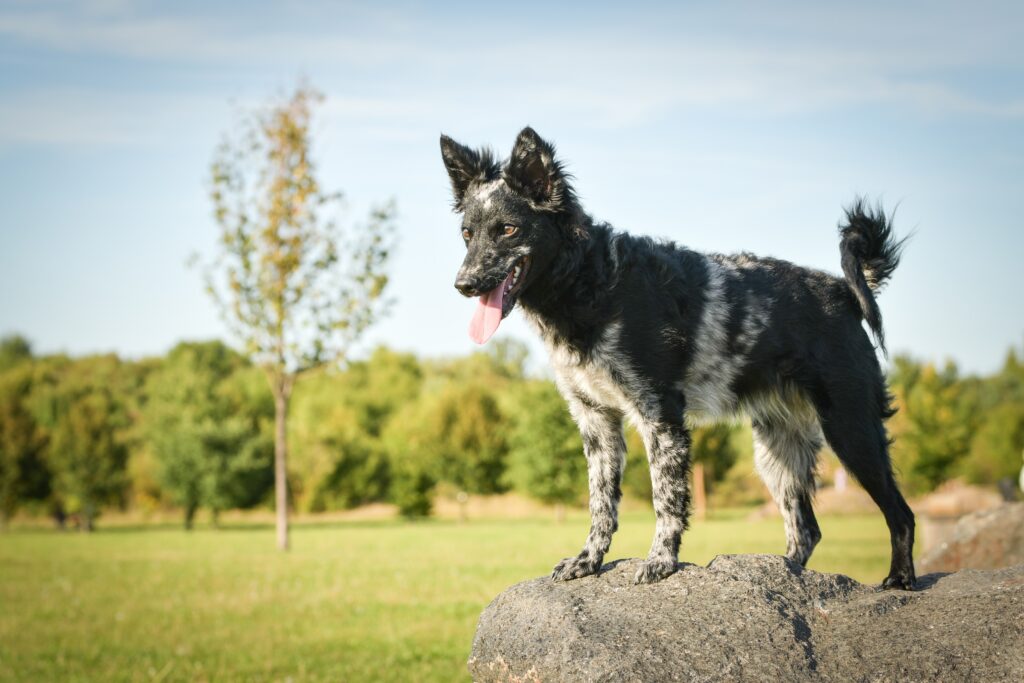
Otterhound
“Britain’s gentle aquatic giant.”
| Origin | United Kingdom |
| Type | Scent hound |
| Temperament | Friendly, shaggy, laid-back |
| Size | Large (30–50 kg) |
Otterhounds were bred to hunt otters in rivers—hence their love for swimming and webbed feet. Sadly, they’re now considered one of Britain’s most endangered native breeds.
Why it’s rare: Only a few hundred remain worldwide, despite their loyal, fun-loving temperament.
Highlight: Recognised for their large, rough-coated appearance and sonorous bark.
Thai Ridgeback
“Independent and exotic, with a distinctive stripe.”
| Origin | Thailand |
| Type | Primitive hunting dog |
| Temperament | Loyal, independent, agile |
| Size | Medium to large (20–30 kg) |
The Thai Ridgeback is striking in appearance, with a ridge of hair running along its back in the opposite direction to the rest of the coat.
Why it’s rare: Historically isolated in Thailand; still uncommon in Europe.
Note: Not ideal for first-time owners due to their strong-willed nature and territorial instincts.
Lagotto Romagnolo
“Italy’s truffle-hunting teddy bear.”
| Origin | Italy (Romagna region) |
| Type | Water dog / scent hound |
| Temperament | Smart, lively, affectionate |
| Size | Medium (11–16 kg) |
The Lagotto Romagnolo looks like a cross between a Poodle and a teddy bear—but it’s actually an ancient truffle hunter with an incredible sense of smell.
Why it’s rare: Gaining popularity slowly but still relatively unknown outside Italy.
Bonus: Hypoallergenic coat and strong work ethic make them great for active families with allergies.

Norwegian Lundehund
“The puffin-hunting acrobat.”
| Origin | Norway |
| Type | Spitz-type / hunting |
| Temperament | Curious, flexible, quirky |
| Size | Small (6–7 kg) |
This tiny dog was bred to climb cliffs and retrieve puffins. It has six toes per foot and flexible joints, allowing it to bend in unusual ways.
Why it’s rare: Almost extinct during WWII; preserved through careful breeding.
Fascinating traits:
- Can fold its ears shut
- Can bend its head backward to touch its spine
- Incredibly agile and unusual to observe
Xoloitzcuintli (Mexican Hairless Dog)
“Ancient, hairless, and oddly elegant.”
| Origin | Mexico |
| Type | Primitive companion |
| Temperament | Calm, affectionate, loyal |
| Size | Toy, Miniature, and Standard sizes |
The Xolo (pronounced “sho-lo”) is an ancient breed revered by the Aztecs. It’s nearly hairless, making it a top pick for allergy sufferers.
Why it’s rare: Very limited breeders, and its unique look is polarising.
Perk: Almost no shedding or odour—perfect for those seeking a low-maintenance coat.
Telomian
“Malaysia’s tree-climbing survivalist.”
| Origin | Malaysia |
| Type | Primitive village dog |
| Temperament | Independent, resourceful, loyal |
| Size | Small to medium (8–12 kg) |
The Telomian is a rare dog native to Malaysia, originally kept by indigenous people in stilt houses. It developed the ability to climb ladders and survive independently.
Why it’s rare: Not recognised by most kennel clubs and extremely hard to find outside Southeast Asia.
Cool fact: They often sleep on elevated platforms and are natural climbers.
Honourable Mentions
Here are a few other lesser-known breeds worth a look:
| Breed Name | Origin | Notable Trait |
|---|---|---|
| Kooikerhondje | Netherlands | Cheerful duck hunter with striking orange markings |
| Canaan Dog | Israel | One of the oldest desert breeds, very alert |
| Peruvian Inca Orchid | Peru | Hairless, exotic, and affectionate |
| Catalburun | Turkey | One of the few breeds with a split nose |
| Cirneco dell’Etna | Sicily, Italy | Elegant, slender, and incredibly fast |
Should You Own a Rare Breed?
While rare dogs can be rewarding, they’re not for everyone.
Pros:
- Unique appearance and history
- Often fewer breed-specific health issues (especially in primitive types)
- Great conversation starters
Cons:
- Limited access to breed-specific vets or groomers
- Harder to find breeders or rescues
- May have strong instincts (hunting, guarding, etc.)
Tip: Do thorough research and always visit reputable breeders or breed-specific rescues before committing.
Final Thoughts
The world of rare dog breeds is full of surprises—from desert sighthounds and puffin hunters to truffle hounds and tree-climbers. These dogs offer more than just exotic appeal; they carry stories, traditions, and traits that enrich the canine world in remarkable ways.
In summary: If you’re looking for something truly different—something to stand out on your daily dog walk—exploring rare breeds might lead you to the perfect, one-of-a-kind companion.


